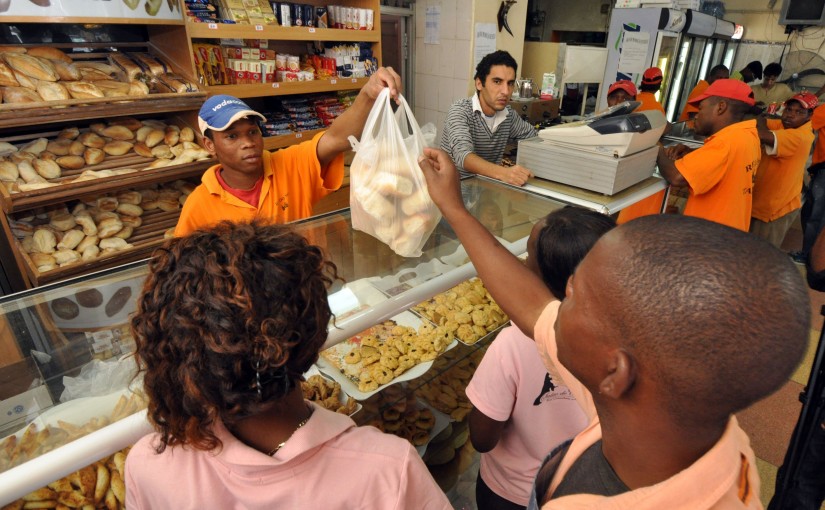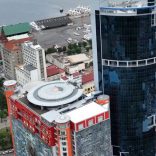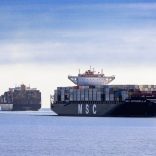Mozambique: Public debt hits €14.4B at end of June
OTM warns cost of living may cause social upheaval – Mozambique Trade Union Federation Secretary General

Lusa (File photo)
The Mozambique Workers’ Organization (OTM) warned on Thursday that there is a risk of social upheaval brought on by rising prices, with most Mozambicans facing a high cost of living.
“We would like to warn the government and traders that continuing price increases, especially for basic commodities, will overwhelm the population, leading to social upheavals of immeasurable consequence,” OTM Secretary General Alexandre Munguambe said.
Speaking at a seminar on social security debt recovery mechanisms, Munguambe said that, given Mozambican workers’ deteriorating living conditions, the government should review the criteria for setting the national minimum wage.
“The OTM cannot abstain from publicly demonstrating its deep concern at the high cost of living that most Mozambicans are facing,” he said.
Munguambe said that Mozambican workers have had enough of the military instability plaguing the country, alluding to the clashes between Defence and Security Forces and the armed wing of the Mozambican National Resistance (Renamo), the main opposition party.
A week ago (October 21), the Bank of Mozambique revised the economic growth forecast down to 3.5 percent and inflation to at least 29 percent in 2016 and warned of a “critical level” of liquid reserves, sufficient only for three months of imports.
According to central bank Governor Rogerio Zandamela, inflation in September stood at 25 percent, without taking into account the effect of the fuel price increase, and will have a “growing trend” of between 29 and 34 percent by the end of the year.
Last Wednesday, the Mozambican government officially admitted its inability to pay forthcoming instalments of the debts of public companies with so-called hidden loans, advocating a restructuring of payments and new financial aid from the International Monetary Fund.
“The profile of public debt guaranteed by the State of Mozambique is not sustainable,” the Ministry of Finance admitted in a presentation to investors seen by Lusa.
The 20-page presentation detailed the government’s inability to pay the state-guaranteed debts of companies which contracted the so-called hidden loans, admitted that public debt would reach 130 percent of GDP this year, and took the opportunity to revise economic growth forecasts downwards to 3,7 percent. It said that debt levels were unsustainable.













Leave a Reply
Be the First to Comment!
You must be logged in to post a comment.
You must be logged in to post a comment.